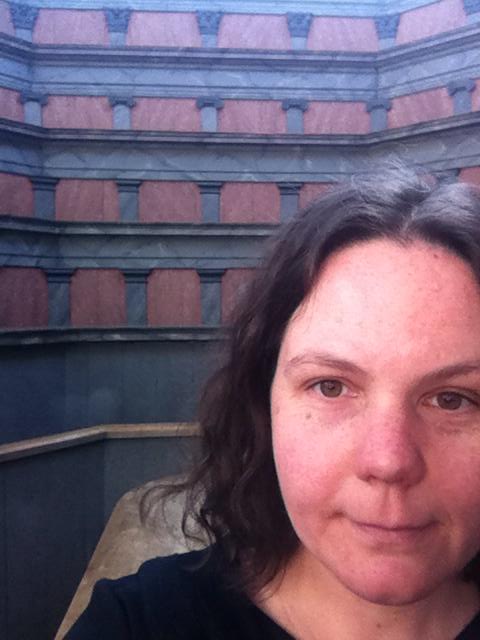Rostovtzeff and the Tokens of Rome
In 1903 the Roman historian Michael Rostovtzeff published a catalogue of lead tokens entitled Tesserarum Urbis Romae et Suburbi Plumbearum Sylloge, "The Lead Tokens of the City of Rome and the Suburbs". Naturally, the presumption has been that this was a catalogue of tokens which were found (or known to be found) in Rome and its surrounds, but close examination of the tokens, and the catalogue itself reveals that this is not necessarily the case.
 |
|
Lead token showing a lighthouse, with ANT on the other side.
22mm, Rostovtzeff 64. (Image from Coin Forums).
|
Rostovtzeff appears to have created the catalogue by consulting major museum holdings across Europe; many of the tokens illustrated in his plates, for example, are those held in the British Museum. And while some of these tokens may have come from Rome or its suburbs, we cannot presume this was the case, particularly when we know of other findspots. The lead token above, is known from several specimens listed by Rostovtzeff in museums in Rome. But one example was also found in Hadrumetum in North Africa. In fact, reading the Tesserarum Urbis Romae et Suburbi closely reveals the findpots of other tokens, some of which are very far from Rome indeed.
 |
| Rostovtzeff no. 509 |
no. 509: a token with Minerva or Roma on one side and the legend SAT on the other was found at Aquileia (an example is pictured right).
no. 863: a one sided token with what is probably Diana Lucifera and the legend SVB CVRA was found in what was likely a vill context in Frascati.
no. 1193: a token with the legend COR THAL on one side and the Three Graces on the other, was found at Lake Nemi.
no. 3119: a single sided token showing Venus was found at Smyrna.
Other references to Postolacca throughout the catalogue also suggest that some of the tokens included probably originate from Athens. Other tokens, which were found in the Tiber and published by Dressel in 1922, are noted by Rostovtzeff as "in Tiberi reperta" and can be securely associated with the city of Rome. We might then more properly see this catalogue as a list of tokens "from the Roman world".
 |
This month's blog was written by Clare Rowan, an Assistant Professor in the department, and lead investigator of the EU-funded project Token Communities in the Ancient Mediterranean.
Bibliography:
Dressel, H. (1922). Römische Bleimarken. Zeitschrift für Numismatik 33: 178-183.
Rostowzew, M. (1903). Tesserarum urbis romae et suburbi. St. Petersburg.
 Clare Rowan
Clare Rowan


 Loading…
Loading…
Wayne G. Sayles
Very good point Clare, another clue is the number of Hellenistic influences where R. himself spells out the abbreviated legend in Greek. It is not surprising that some tesserae from Roman provinces made their way to Rome and may have been found there. Perhaps that find spot was the primary criteria for Rostovtsew rather than the place of production. In any case, he did us all a great service in pulling the earlier sources together. Why he chose not to include certain pieces, that he must have known about, from those works is probably a mystery for the ages. We can only assume that he had a reason.
13 Feb 2017, 23:56
Add a comment
You are not allowed to comment on this entry as it has restricted commenting permissions.